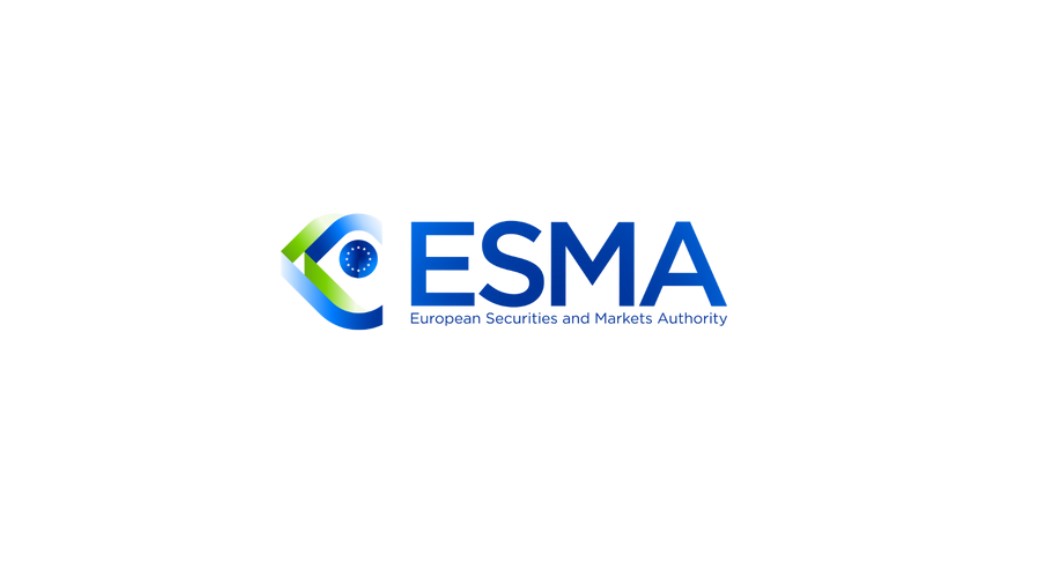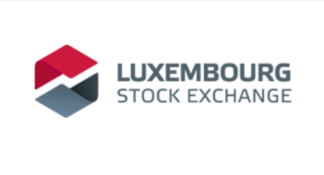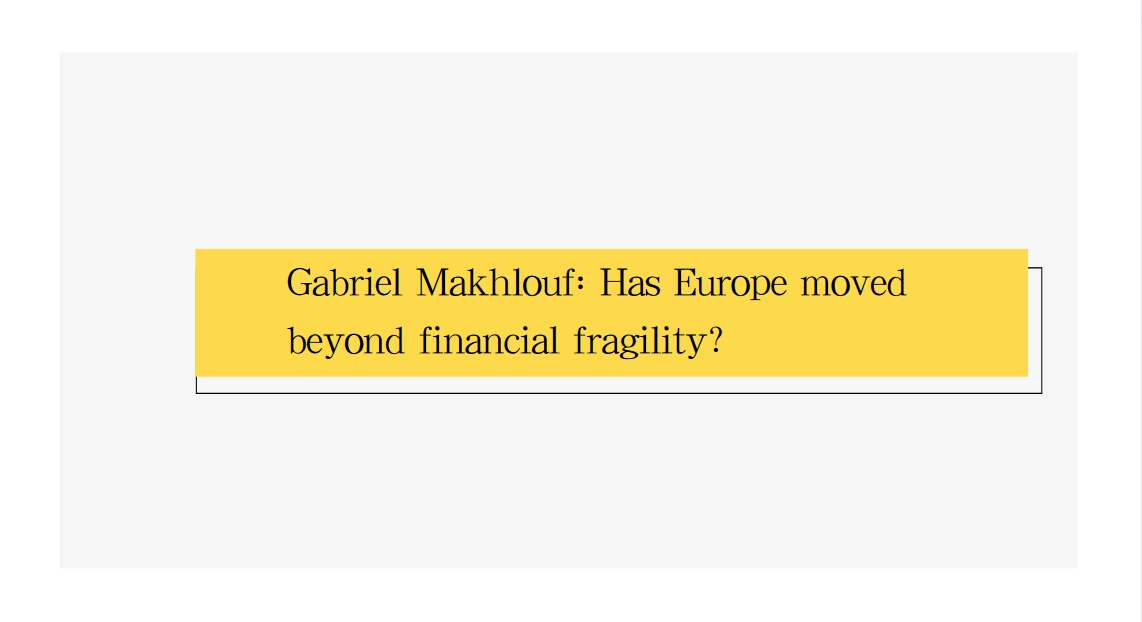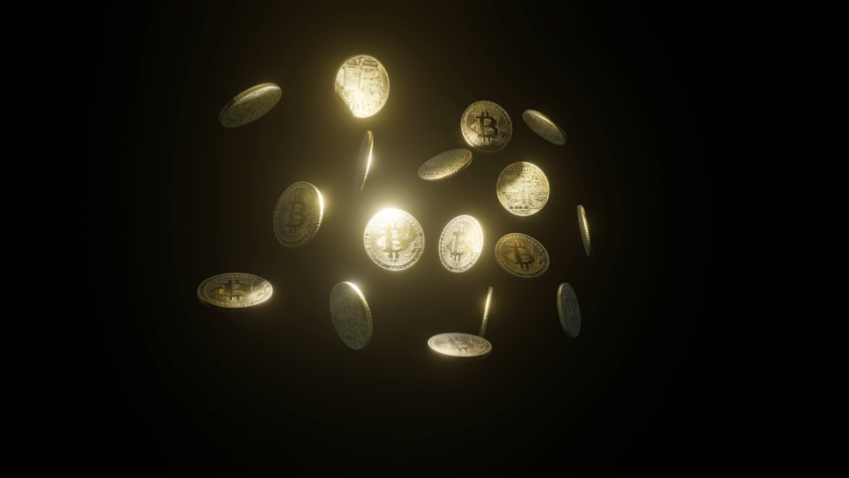Making the most of Europe's opportunities - reforms for greater prosperity and stability
Download → PDF full text
Introduction
Ladies and gentlemen,
I am delighted to be with you all here today at the German Institute for Economic Research (DIW) in Berlin to give this DIW Europe Lecture. Nowadays, it is almost impossible to talk about Europe without thinking about Ukraine. Next week, it will be one year since Russia began its war of aggression against Ukraine. This attack not only marked a much-discussed turning point, but it also has shown us, in brutally obvious terms, the devastation caused by war. People have been fleeing from missiles, losing all of their possessions, and mourning their loved ones.
With this in mind, everything that has been achieved since the end of the Second World War seems no less than a miracle. After Germany's atrocities, Europe was in ruins. Today, formerly hostile countries such as Germany and France are joined in union. Together, we have achieved peace, freedom and prosperity. And, in the European Union, we have also created a community of values.
This union is based on a political vision. It was created and advanced by figures such as Jean Monnet, Konrad Adenauer and Jacques Delors. I will be discussing all three of them later in my speech.
However, this unification process has been essentially achieved not least through the convergence of national economies. And this has been true since the very outset. For example, consider the Schuman Declaration of 1950. It led to the founding of the European Coal and Steel Community. Seven years thereafter, the Treaties of Rome expanded the single market beyond the coal, iron and steel industry.
On this subject, Konrad Adenauer said: “The common market must not be regarded first and foremost as an economic treaty, but as a political instrument [...] that aims to reach a politically integrated Europe by means of mutual economy.”
The common market was to be based on the free movement of goods, persons, services, and capital. However, it would take a while longer until these four freedoms became more of a reality: in 1986, the Single European Act created the conditions for extensive reform processes. This was followed by a comprehensive programme of reforms. Economic integration then entered a new phase in 1993, when the European single market, as we know it today, came into existence.
30 years later, I think we can say that it was all worth it. The single market is truly a source of prosperity. However, it is still far from achieving its fullest potential. We can benefit from the single market more than ever before. But how? This is what I would like to talk about today.
It will be about giving the single market new impetus. In my view, there are three main areas of action in this regard: services, digitalisation, and the capital market. As a central banker, I have a particular interest in the capital markets union and the opportunities offered by a digital euro.
Then, to conclude, I will speak on the subject of EU (European Union) fiscal rules. Though they are not part of the single market, they are a cornerstone of stable monetary union – and, as you may know, their reform is currently on the agenda.





















































First, please LoginComment After ~